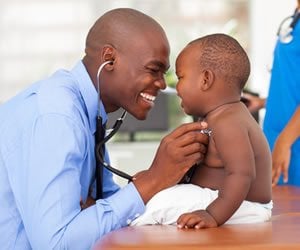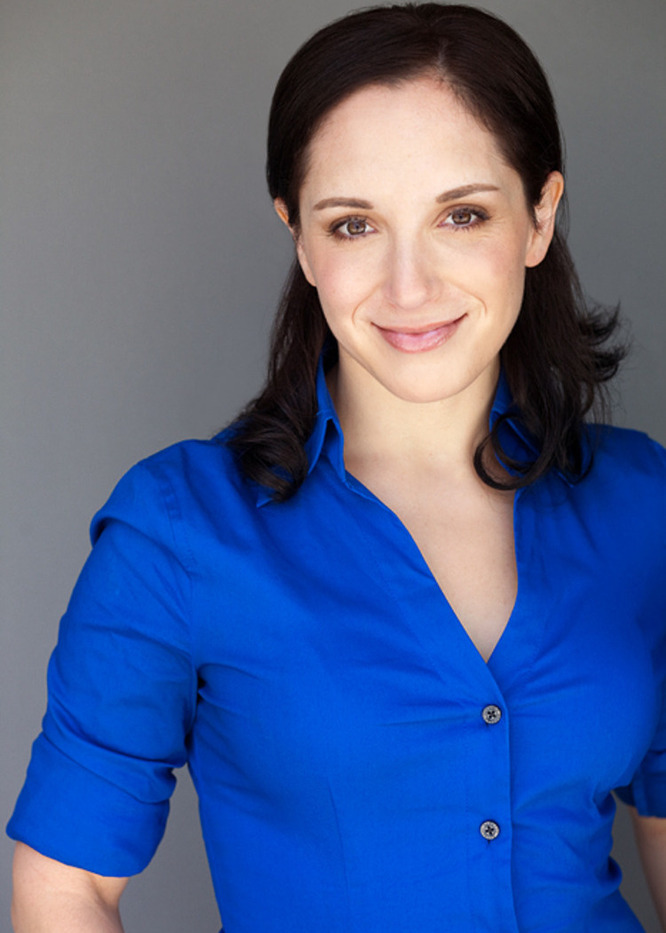Last Updated on March 16, 2019 by
Some people develop the passion for medicine at an early age. Michael Clearfield, DO, was not one of them – but once he did find that passion, he ran with it for miles.Although he’d been interested in science and math throughout college, and had a vague feeling that “something in healthcare would be something I’d be interested in,” it was ultimately a personal experience that cemented his future career goals. “Some personal issues happened in our family, where people got ill, and I was able to experience the healthcare team as it impacts you as an individual,” he told SDN at last year’s UC Davis Pre-Health Conference (UCDPHC15), where he delivered a keynote on opportunities in osteopathic medicine. “There were some very startling revelations to me; some positive, some negative – seeing how the system worked, and how it didn’t – and I decided that [medicine] would be a career that I would like to try and make a difference in.”
After graduation, he began studying at the Chicago College of Osteopathic Medicine. “The osteopathic route was one that I researched at the time, and I felt that that was an opportunity to explore something a little different, that was a little off the normal beaten path… and that aligned with who I was at the time,” he said, smiling mischievously. “[The osteopathic] approach really seemed to be more personal, close-knit family type of experience than the MD route, which was much larger, and much more traditional.”His early career was spent at the University of North Texas Health Science Center/Texas College of Osteopathic Medicine, where he served in both faculty and administrative roles, including as Chairman of the Department of Medicine, Associate Dean for Clinical Research, and the Osteopathic Heritage Foundation Distinguished Chair in Clinical Research. Other career highlights include being the co-primary investigator for the Air Force/Texas Coronary Atherosclerosis Prevention Study, which was the first large-scale study to show the link between reducing LDL-cholesterol and preventing cardiovascular events. “That (study) started the movement to use statins to prevent heart disease, and has progressed since then,” Clearfield said. “When you get a chance to be part of something that really changes how we treat people, not only in this country but around the world… that’s pretty special.”
In 2006, he took on his current role as Professor and Dean of Touro University College of Osteopathic Medicine in California. This gives him the opportunity to speak to prospective students on the advantages of an osteopathic education, and the differences between the traditional medical model and Osteopathy. “MDs and DOs are very similar in the fact that they are both physicians that are fully licensed to prescribe drugs, do surgery, etc.,” he explained. “But philosophically, I think the osteopathic perspective is a little different. Since its inception over 100 years ago, it’s been based in the primary care mode/community based setting, with a focus on that first line of contact with the patient. The other thing that distinguishes the profession is the ability to use the sensation of touch– you actually have a hands-on component. We train our students this way, and we find that it gives you not only an additional skill to hopefully diagnose and treat your patients, but also, the touching part of it changes how the doctor and patient communicate.”
That focus on communication between doctor and patient make doctors of osteopathy a unique asset to today’s medical community. “One of the problems with healthcare right now is non-compliance to recommended medical interventions, whether it is taking medication, having a procedure, etc. A lot of people don’t [follow physician recommendations], and part of that has to do with miscommunication, where that patient-doctor bond doesn’t seem to be there,” Clearfield pointed out. “We think that the touch that we train our students in allows them to have a deeper level of comfort with patients… Here in California where [Touro University] is, we have a very diverse patient population. Everybody that comes into your practice doesn’t look or sound like you. Being able to relate to them in a manner that they trust you, for probably one of the most important things in their life – their care, or the care of their family or friends – is what we try to emphasize. We try and come up with a way that you can more effectively, more efficiently, more appropriately, interact with your patient.”
Clearfield personifies this intuitive, patient-centered approach. He thrives on the “interaction[s] with a person or family, where your intervention has made a significant difference in their life.” That doesn’t mean there aren’t challenges on a daily basis, he admitted, but “what keeps me balanced is perspective on the bigger picture, so that the little bumps and hurdles that you have to work with or avoid each day.” His advice to tomorrow’s physicians? “Don’t lose perspective, because that perspective is what gives you a mission to make a difference in the world.”
Suzanne Barston is a Chicago-based writer and journalist specializing in the areas of healthcare and science.


